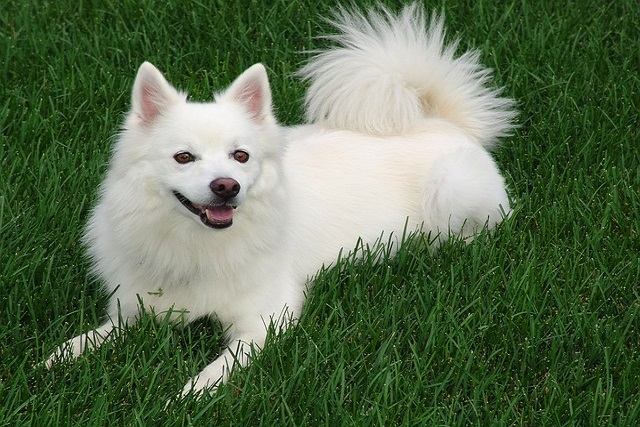
Can a dog ear infection go away on its own?
You’re in the backyard, watching your pup chase a squirrel, when you notice they keep scratching their ear and shaking their head.
Watching your senior dog hesitate to climb the stairs, lie down gingerly, or skip their daily walk because of joint pain is heart-wrenching. The “best” solution isn’t a single quick fix—it’s a mix of vet-approved supplements, joint-friendly foods, and gentle care that eases discomfort and keeps them mobile. For new U.S. dog owners, especially those in apartments where older pups might face more stair or carpet friction, focusing on these strategies helps your loyal companion stay comfortable in their golden years.
Older dogs’ joint pain usually stems from arthritis (worn cartilage) or inflammation, so effective solutions target both repair and relief. The most science-backed supplements are glucosamine (builds cartilage) and chondroitin (protects existing cartilage), often paired with omega-3 fatty acids (like fish oil) to reduce swelling. My 11-year-old Beagle, Daisy, could barely jump on the couch until we started her on a vet-recommended glucosamine-chondroitin chew and added salmon to her meals—now she’s back to napping on her favorite spot. Avoid over-the-counter human pain meds (like ibuprofen) at all costs—they’re toxic to dogs and can cause kidney failure. Also, punishment for slow movement is never okay; it violates U.S. animal welfare norms and adds stress, which worsens pain.

Start with a vet consultation to rule out other issues (like fractures) and get personalized supplement recommendations—dosage depends on your dog’s weight and pain level. Add joint-supporting foods to their diet: cooked salmon (omega-3s), bone broth (collagen), or mashed sweet potatoes (anti-inflammatory). For apartment living, make their space easier: put a ramp by the couch, use non-slip rugs on hardwood floors, and keep food/water bowls at floor level to avoid bending. Use gentle exercise—short, slow walks (avoid hot pavement, which irritates paws) or indoor stretches—to keep joints flexible. Reward them with soft, joint-friendly treats (like freeze-dried chicken) during these sessions to keep it positive.
Before walks, confirm their rabies vaccine is up to date—senior dogs have weaker immune systems, and all U.S. states require current shots. Always carry extra poop bags: leaving messes in apartment hallways or parks isn’t just rude; cities like Seattle fine owners up to $250, and it’s unsanitary for older dogs who sniff more. If your dog has accidents due to pain, clean with enzyme cleaner and never scold—offer reassurance instead.
The best thing you can give an older dog with joint pain is patience and targeted care. With vet guidance, supplements, and a comfortable space, you’ll help them enjoy their days with less ache and more wag.

You’re in the backyard, watching your pup chase a squirrel, when you notice they keep scratching their ear and shaking their head.

Finding your senior dog pacing the floor, whining, or getting up and down repeatedly at 3 a.m. is stressful—for both of you. When restlessness strikes suddenly

You’re staring at your new dog cooling mat on a sweltering summer day, wondering if popping it in the fridge will make it extra cool for your panting pup.

Many dog owners notice their pups having loose stools and immediately check their food, but they often overlook a hidden culprit: dental issues.

You’ve noticed your pup panting nonstop on hot summer days, sprawling on the bathroom tile to cool down—and you’re wondering if those dog cooling mats

Watching your loyal senior dog slow down as the years pass is hard—but knowing whether they’re just aging or silently in pain can be even harder.